Dhanurasana – Bow Pose | Steps, Benefits, Cautions
Dhanurasana, commonly referred to as Bow Pose, encapsulates the essence of yoga as a transformative practice that fosters physical and mental well-being. This ancient asana invites practitioners to embody the strength and resilience symbolized by the archer’s bow, while simultaneously delving into the profound depths of self-awareness and inner balance. Through a structured exploration of its mechanics and benefits, Dhanurasana emerges as a cornerstone in the journey towards holistic health and self-discovery.
In this comprehensive guide, we embark on a meticulous examination of Dhanurasana, elucidating its steps, benefits, and precautions with a focus on clarity and precision. By unraveling the intricacies of this revered yoga pose, we aim to provide practitioners with a thorough understanding of its therapeutic potential and its significance within the expansive framework of yoga philosophy and practice.
The History and Philosophy of Dhanurasana
Before delving into the practical aspects of Dhanurasana, it’s imperative to understand its historical and philosophical significance within the context of yoga. The practice of yoga dates back thousands of years, with its roots deeply embedded in ancient Indian philosophy and spirituality.
In classical yoga texts such as the Yoga Sutras of Patanjali and the Hatha Yoga Pradipika, the physical postures (asanas) are regarded as a means to prepare the body and mind for deeper spiritual practices such as meditation and self-realization. Each asana is imbued with symbolism and intention, reflecting the interconnectedness of the physical, mental, and spiritual dimensions of existence.
Dhanurasana finds its place among the countless asanas described in these ancient texts, where it is revered for its transformative effects on the practitioner’s physical and energetic body. The symbolism of the bow, a powerful weapon wielded by ancient warriors, resonates with the idea of harnessing inner strength and focus to overcome life’s challenges.
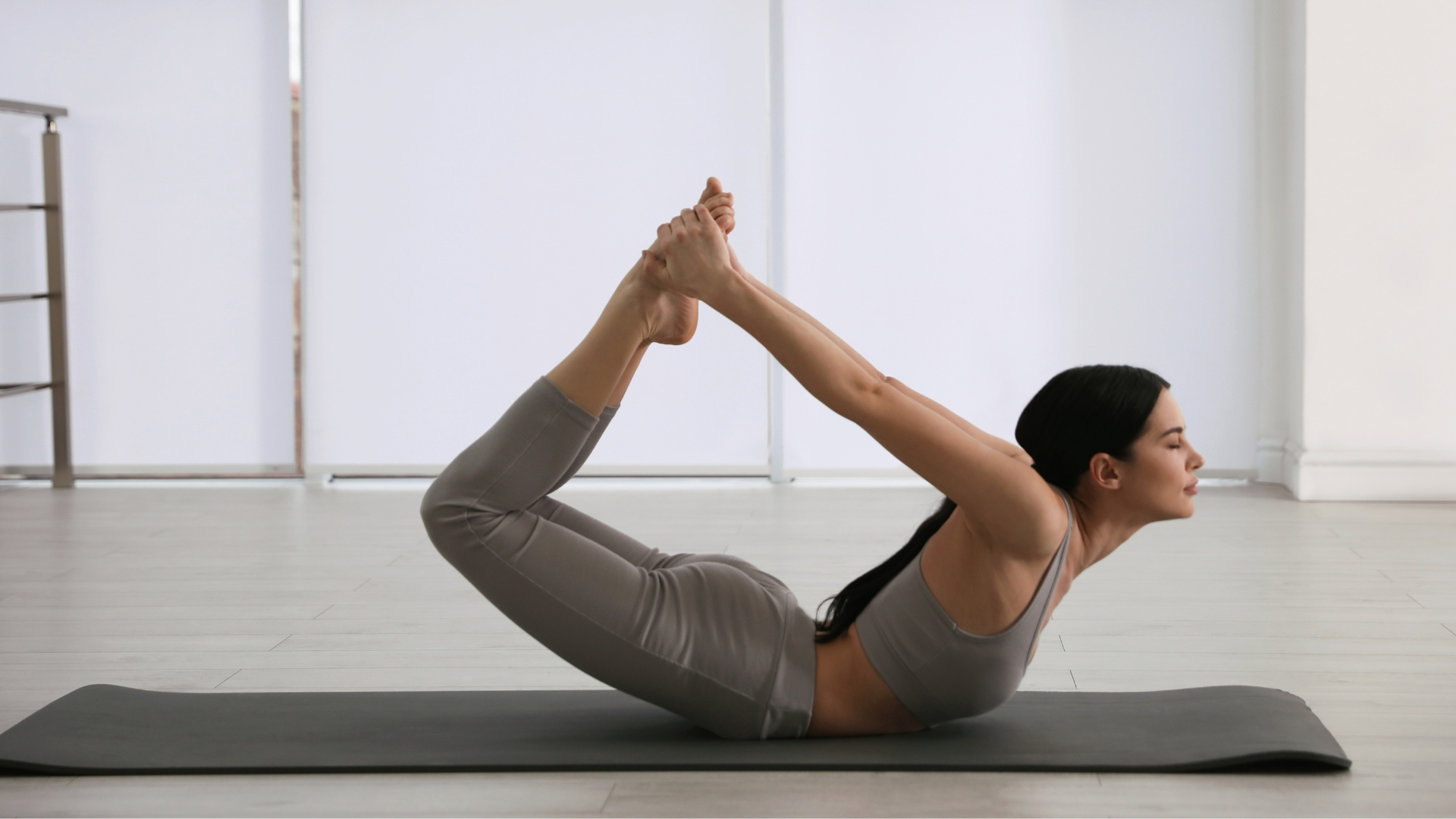
Furthermore, Dhanurasana is associated with the Anahata Chakra, or the heart chakra, in yogic philosophy. The heart chakra is considered the center of love, compassion, and emotional balance. By opening the chest and heart region, Dhanurasana stimulates the flow of prana (life force energy) through the heart center, fostering a sense of openness, connection, and emotional well-being.
Joining in Online Yoga Classes helps in understanding the significance of Dhanurasana in both historical and philosophical contexts adds depth and meaning to the physical practice, inviting practitioners to approach it with reverence, mindfulness, and intention.
Steps to Practice Dhanurasana
The practice of Dhanurasana involves a sequence of coordinated movements that require both strength and flexibility. Here’s a detailed breakdown of the steps to perform Dhanurasana:
- Preparation:
- Begin by lying flat on your stomach (prone position) on a yoga mat or a comfortable surface.
- Keep your legs extended, feet hip-width apart, and arms alongside your body, palms facing upward.
- Bend Your Knees:
- Bend your knees and bring them as close as possible to your buttocks.
- Reach Backwards:
- Extend your arms backward and reach toward your feet or ankles.
- Grasp your ankles firmly with your hands. If you’re unable to reach your ankles, you can use a yoga strap looped around your ankles to assist in the pose.
- Inhale and Lift:
- As you inhale deeply, simultaneously lift your chest, head, and thighs off the mat.
- Engage your core muscles to support your lower back and maintain stability in the pose.
- Arch Your Back:
- Continue to kick your legs backward and upward while simultaneously lifting your chest and head higher.
- Create a deep arch in your back, resembling the shape of a bow.
- Gaze Forward:
- Keep your gaze forward, with your neck in a neutral position. Avoid straining your neck by looking too far up or down.
- Hold the Pose:
- Hold Dhanurasana for 20-30 seconds, or as long as comfortable, while maintaining steady breathing.
- Focus on lengthening the spine and opening the chest with each breath.
- Exhale and Release:
- Slowly exhale as you release your ankles and lower your chest, head, and thighs back to the mat.
- Relax your body completely, allowing any tension to dissipate.
- Rest and Repeat:
- After releasing the pose, rest your head on one side and relax in Makarasana (Crocodile Pose) for a few breaths to release any remaining tension.
- Repeat the sequence 2-3 times, gradually increasing the duration of the hold as your flexibility and strength improve.
The maximum duration for holding Dhanurasana until January 2022 was recorded as 5 minutes and 12 seconds.
Benefits of Dhanurasana
Dhanurasana offers a wide range of benefits for the physical, mental, and energetic aspects of the practitioner’s being.
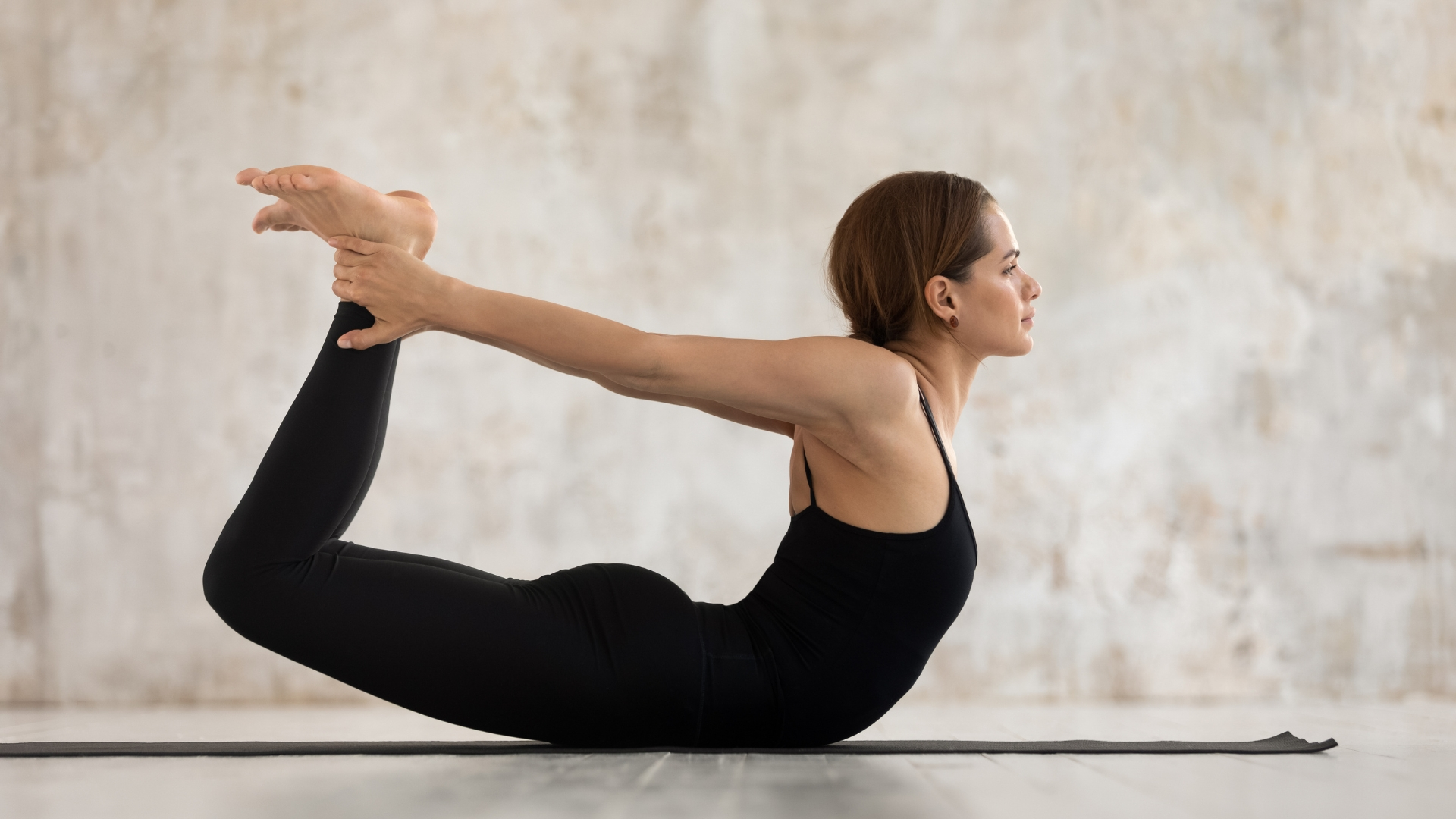
Let’s explore some of the key benefits of incorporating Dhanurasana into your yoga practice:
- Strengthens the Back:
- Dhanurasana strengthens the muscles of the back, including the spinal erectors, latissimus dorsi, and trapezius muscles.
- By improving back strength, Dhanurasana helps alleviate back pain, improve posture, and enhance spinal mobility.
- Enhances Spinal Flexibility:
- The deep backbend in Dhanurasana stretches the entire length of the spine, from the cervical to the lumbar region.
- Regular practice of Dhanurasana increases spinal flexibility, reduces stiffness, and promotes better spinal alignment.
- Opens the Chest and Shoulders:
- Dhanurasana expands the chest and stretches the muscles of the shoulders, including the pectoralis major and minor.
- Opening the chest in Dhanurasana counteracts the effects of prolonged sitting and slouching, improving respiratory function and posture.
- Stimulates the Digestive System:
- The compression of the abdomen in Dhanurasana massages the digestive organs, including the stomach, liver, and intestines.
- By stimulating digestion, Dhanurasana can help alleviate digestive discomfort, bloating, and constipation.
- Increases Lung Capacity:
- The deep breathing in Dhanurasana expands the chest cavity and increases lung capacity.
- Improved respiratory function enhances oxygen intake, boosts energy levels, and promotes overall vitality.
- Calms the Mind and Relieves Stress:
- The rhythmic breathing and gentle backbending in Dhanurasana activate the parasympathetic nervous system, inducing a state of relaxation and calm.
- Regular practice of Dhanurasana using online yoga classes for stress helps to reduce stress, anxiety, and tension, promoting mental clarity and emotional balance.
- Stimulates the Endocrine System:
- Dhanurasana stimulates the endocrine glands, including the thyroid, parathyroid, and adrenal glands.
- By regulating hormone production, Dhanurasana supports metabolic function, energy balance, and emotional well-being.
- Cultivates Self-Confidence and Inner Strength:
- The physical and mental challenges of Dhanurasana cultivate self-confidence, resilience, and determination.
- By overcoming obstacles on the yoga mat, practitioners develop greater inner strength and courage to face life’s challenges off the mat.
Variations and Modifications of Dhanurasana
While the classic version of Dhanurasana provides numerous benefits, variations and modifications allow practitioners to tailor the pose to their individual needs and abilities.
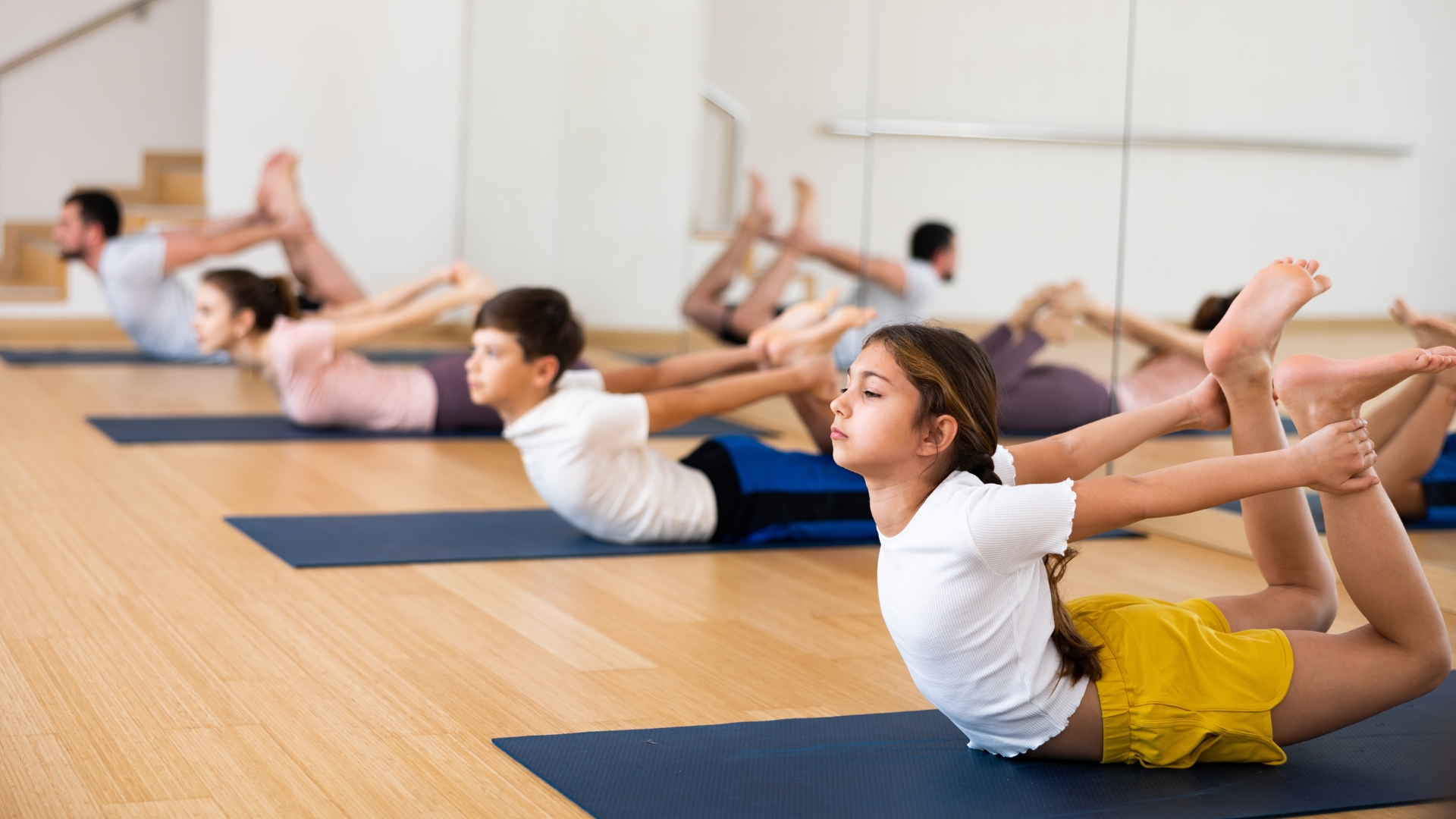
Here are some variations and modifications of Dhanurasana:
- Half Bow Pose (Ardha Dhanurasana):
- In Ardha Dhanurasana, only one leg is lifted off the mat while the opposite arm reaches back to grasp the ankle.
- This variation allows practitioners to focus on one side of the body at a time, making it accessible for beginners or those with limited flexibility.
- Supported Bow Pose:
- Practitioners can use props such as yoga blocks or bolsters to support the chest and thighs in Dhanurasana.
- Supported Bow Pose reduces strain on the lower back and allows practitioners to hold the pose for longer periods, facilitating a deeper stretch.
- One-Legged Bow Pose (Eka Pada Dhanurasana):
- Eka Pada Dhanurasana involves lifting one leg off the mat while the opposite arm reaches back to grasp the ankle.
- This variation intensifies the stretch in the quadriceps, hip flexors, and shoulders, while also challenging balance and concentration.
- Bow Pose with Variation:
- Practitioners can explore creative variations of Dhanurasana by experimenting with arm and leg positions, such as extending the arms overhead or bending the knees at different angles.
- These variations offer a playful and dynamic approach to Dhanurasana, allowing practitioners to explore new movement patterns and sensations.
Similarly, you can also read on “ Pada Hastasana – Forward Fold Pose | Steps, Benefits, Cautions ”
Precautions and Contraindications
While Dhanurasana offers numerous benefits, it’s essential to practice with awareness and mindfulness to prevent injury. Here are some precautions and contraindications to keep in mind:
- Pregnancy:
- Pregnant women should avoid practicing Dhanurasana, especially during the second and third trimesters, as it involves deep backbending and pressure on the abdomen.
- Instead, pregnant women can explore prenatal yoga poses that are safe and supportive during pregnancy.
- Spinal Injuries:
- Individuals with a history of spinal injuries, herniated discs, or chronic back pain should approach Dhanurasana with caution.
- It’s advisable to consult with a healthcare provider or qualified yoga instructor before attempting Dhanurasana, and to modify the pose as needed to avoid exacerbating existing injuries.
- Wrist or Ankle Injuries:
- If you have a wrist or ankle injury, be mindful of the pressure placed on these joints when grasping the ankles in Dhanurasana.
- Consider using props such as yoga straps or modifying the pose to avoid strain on injured joints.
- Neck Issues:
- Individuals with neck injuries or cervical spine issues should avoid excessive strain on the neck in Dhanurasana.
- Keep the gaze forward or slightly downward to maintain a neutral neck position, and avoid looking too far up or down.
- Warm-up:
- Always perform a gentle warm-up before attempting Dhanurasana to prepare the body for the deep backbend and stretching involved.
- Warm-up exercises such as Cat-Cow Pose, Child’s Pose, and Cobra Pose help loosen tight muscles and lubricate the joints, reducing the risk of injury.
Conclusion
Dhanurasana, the Bow Pose, is a powerful asana that offers a wealth of benefits for the body, mind, and spirit. Its graceful curvature symbolizes strength, resilience, and balance, inviting practitioners to embody these qualities on and off the yoga mat. By incorporating Dhanurasana into your regular yoga practice and approaching it with mindfulness, intention, and respect for your body’s limitations, you can unlock its transformative potential and experience profound physical, mental, and energetic benefits. Whether you’re a beginner or an experienced yogi, let Dhanurasana be a guiding light on your journey toward holistic well-being and self-discovery. As with any yoga practice, remember to listen to your body, honor its wisdom, and cultivate a spirit of curiosity, openness, and gratitude for the gifts of yoga.
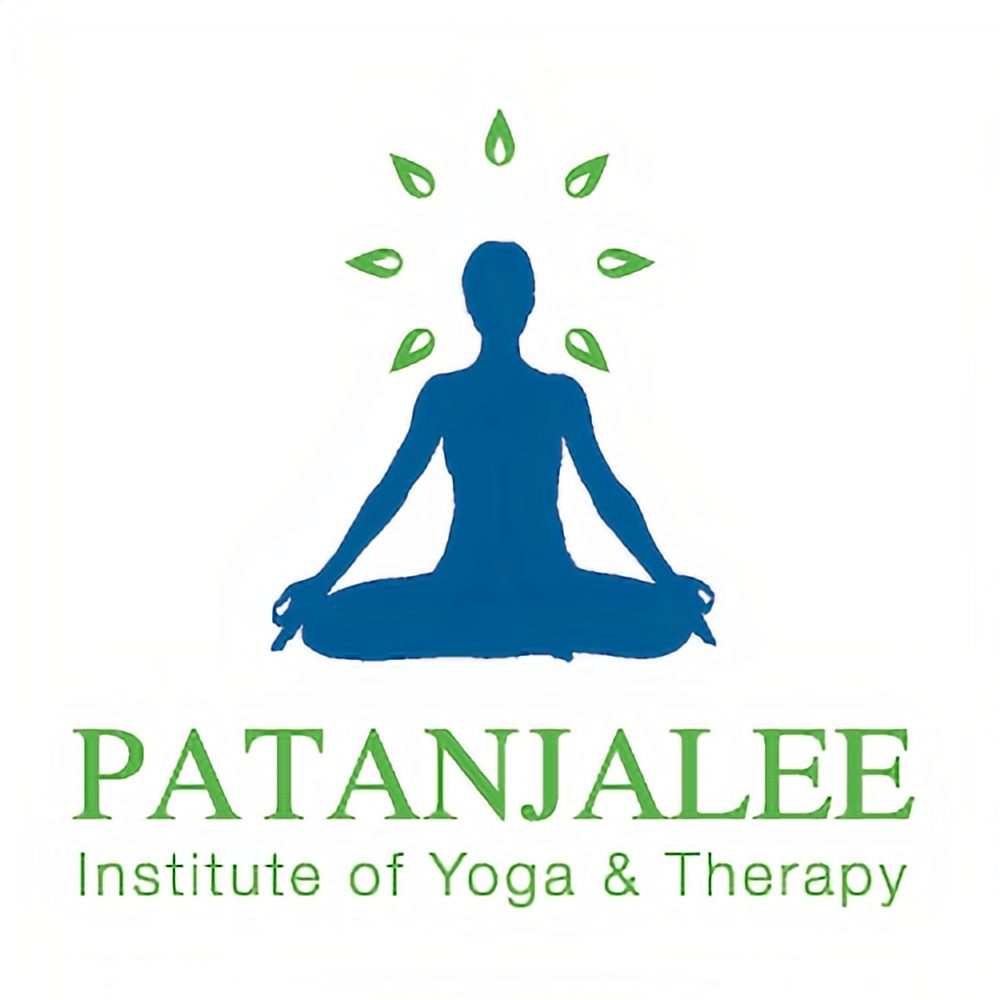

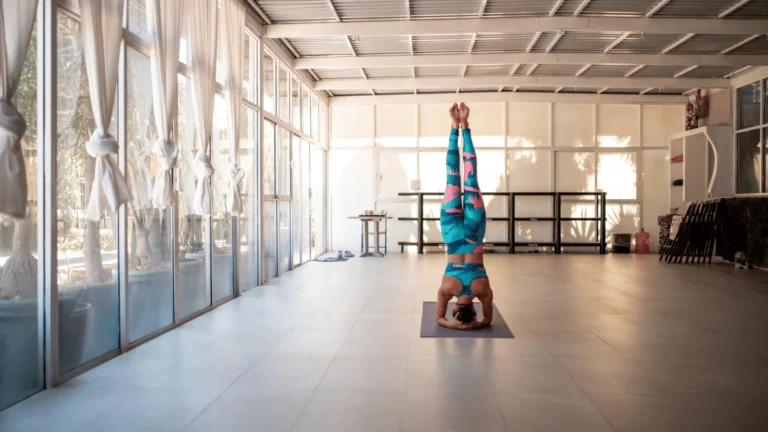
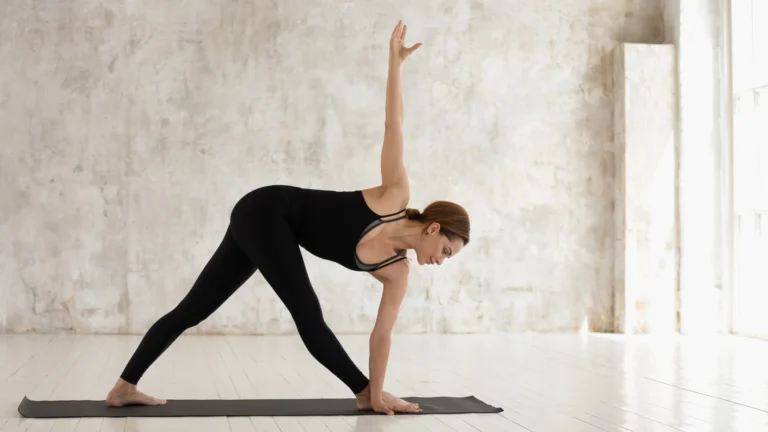
 WhatsApp us
WhatsApp us